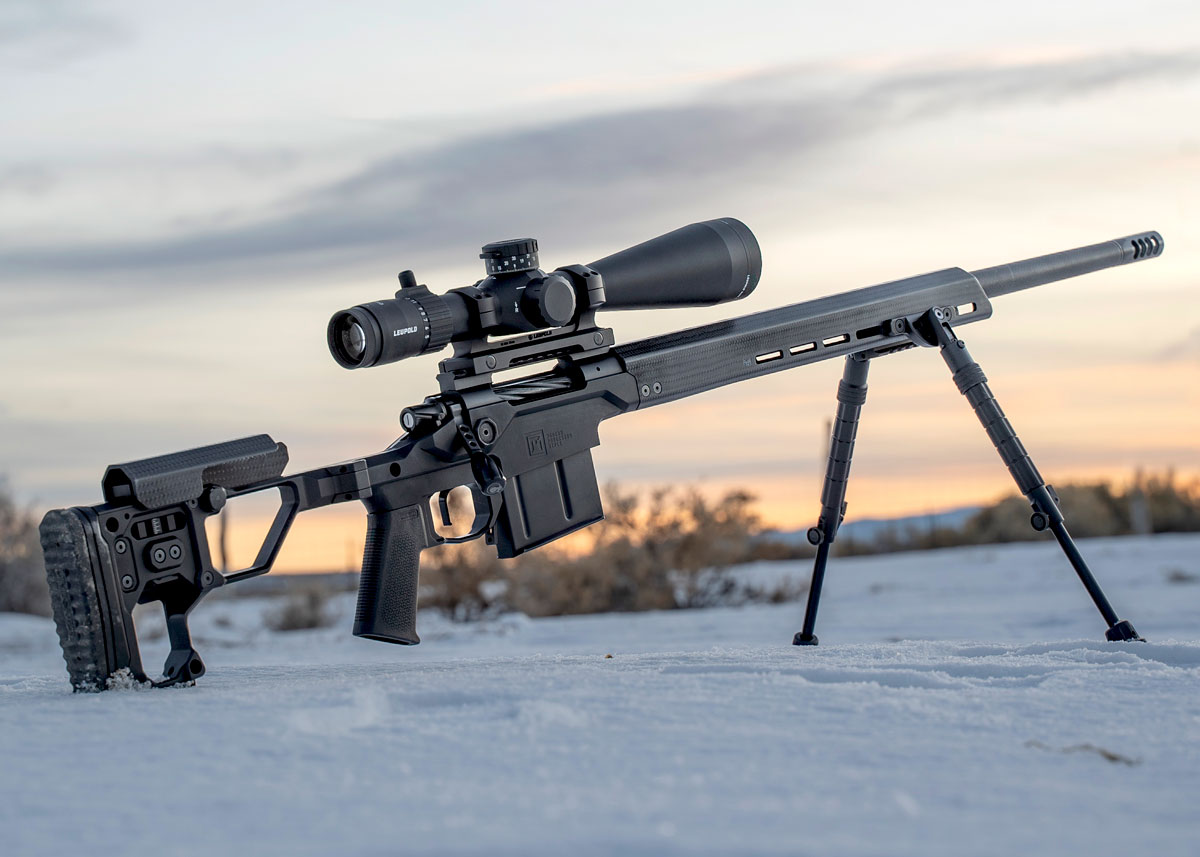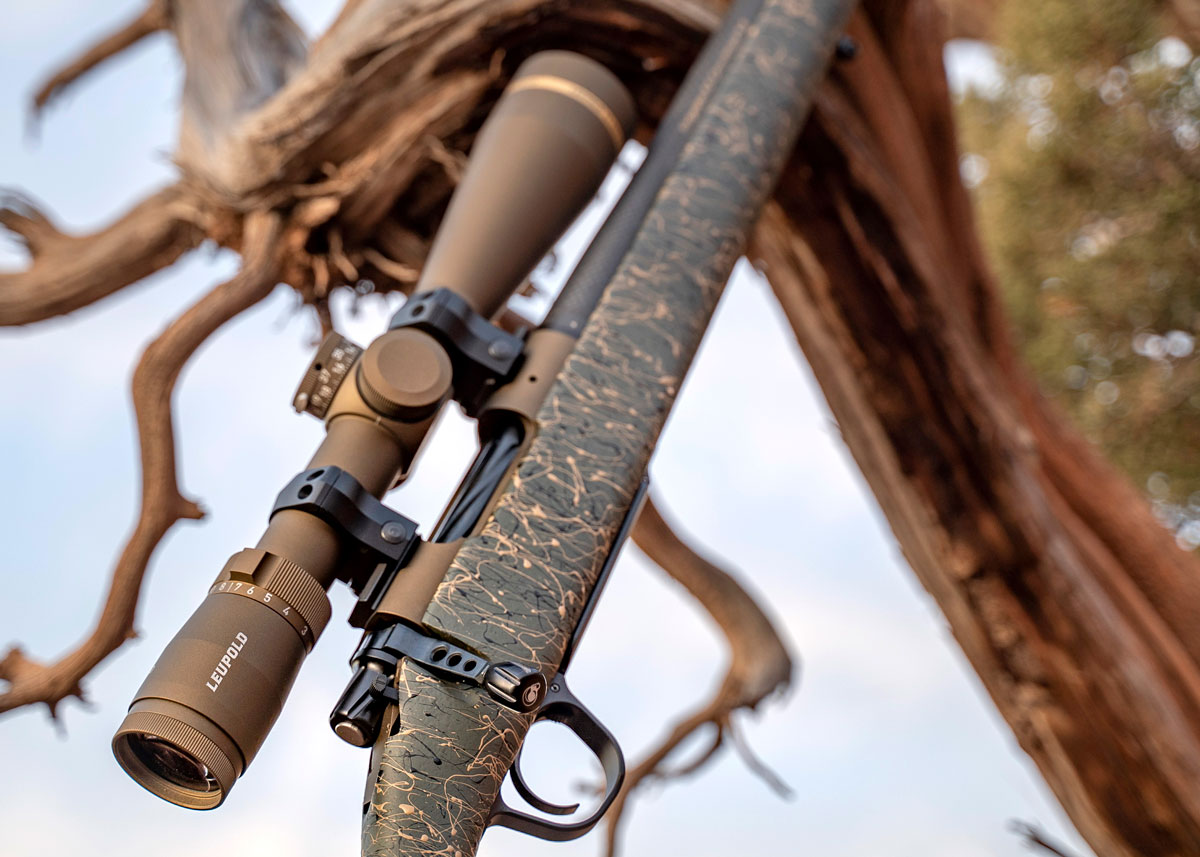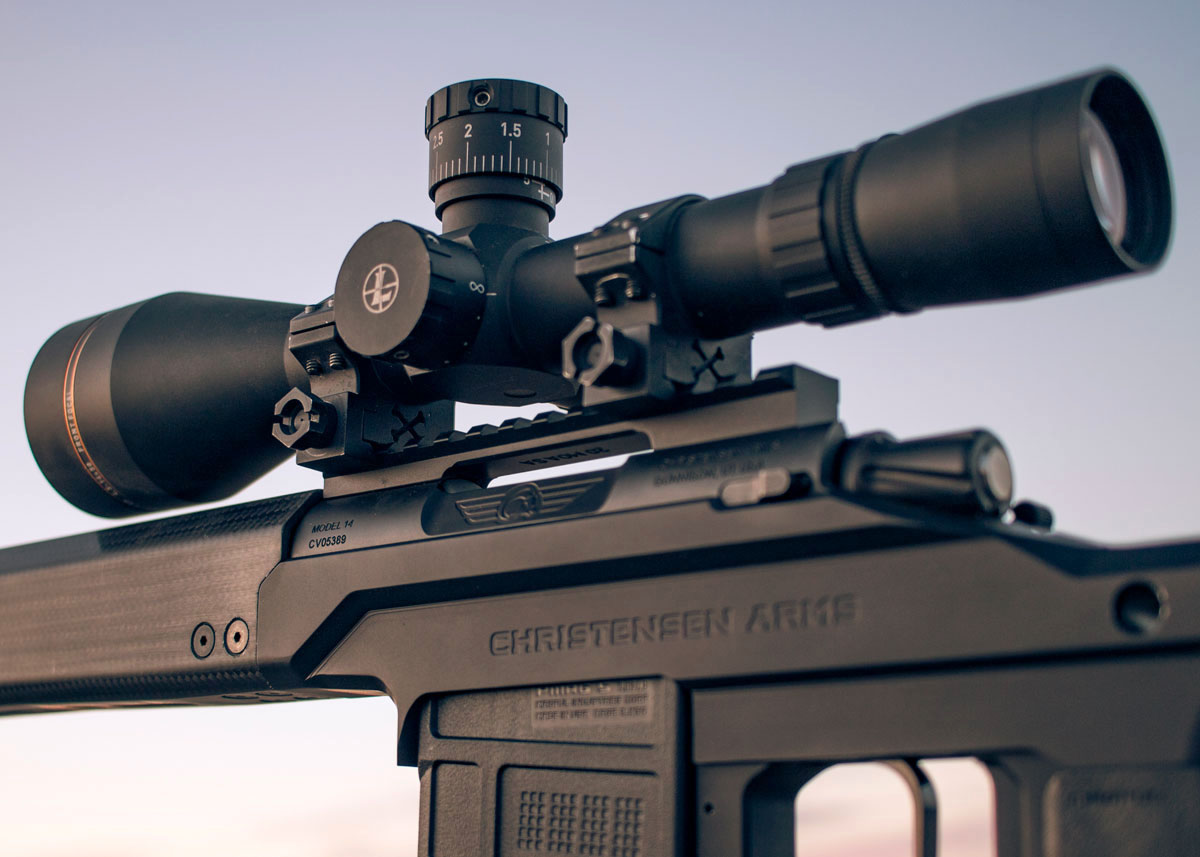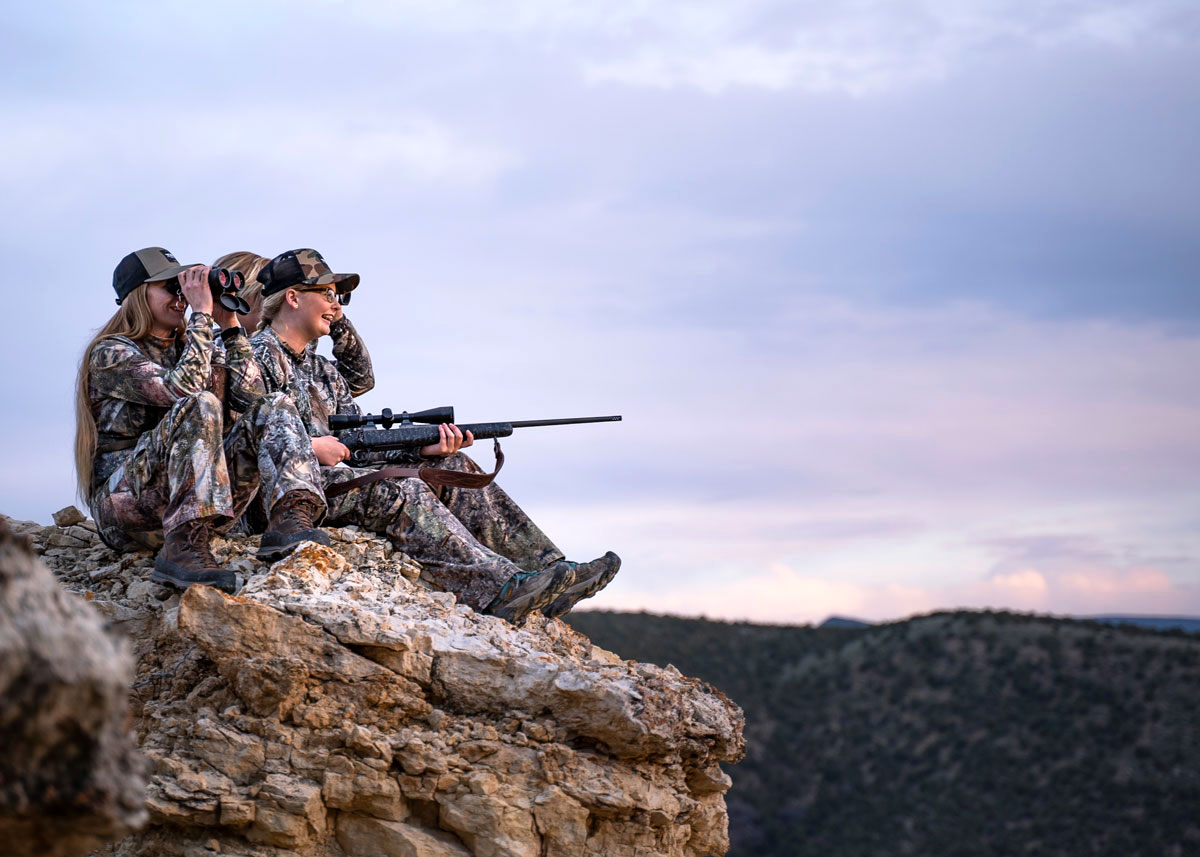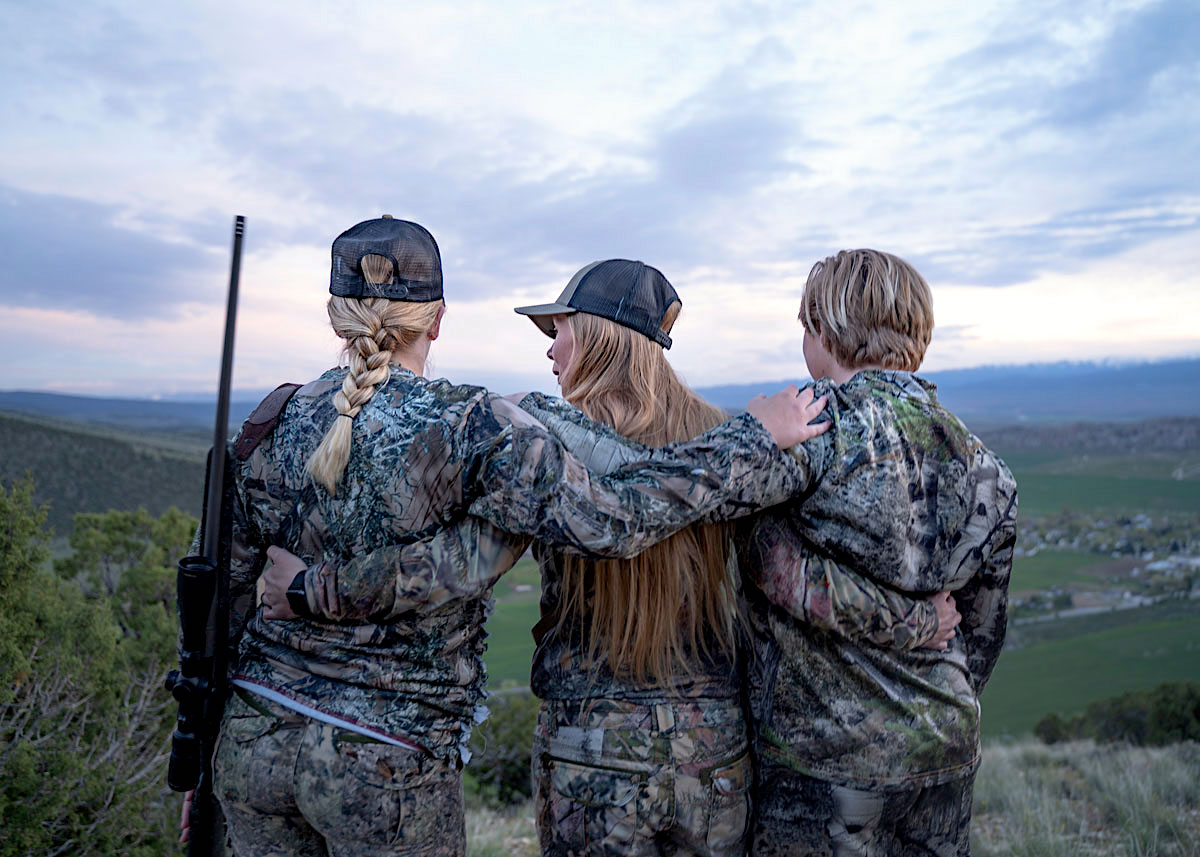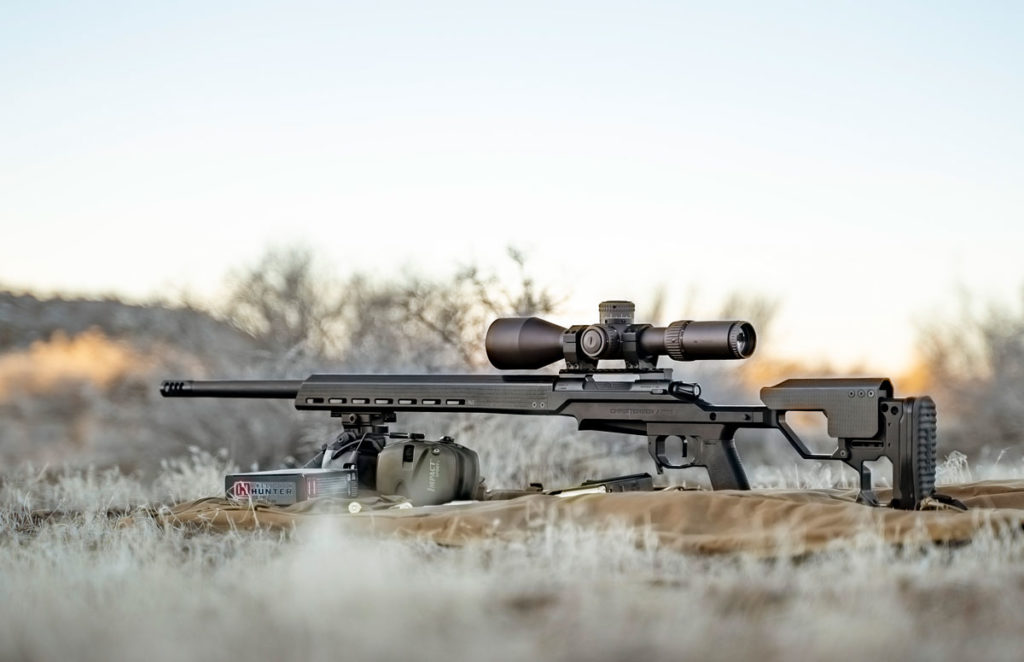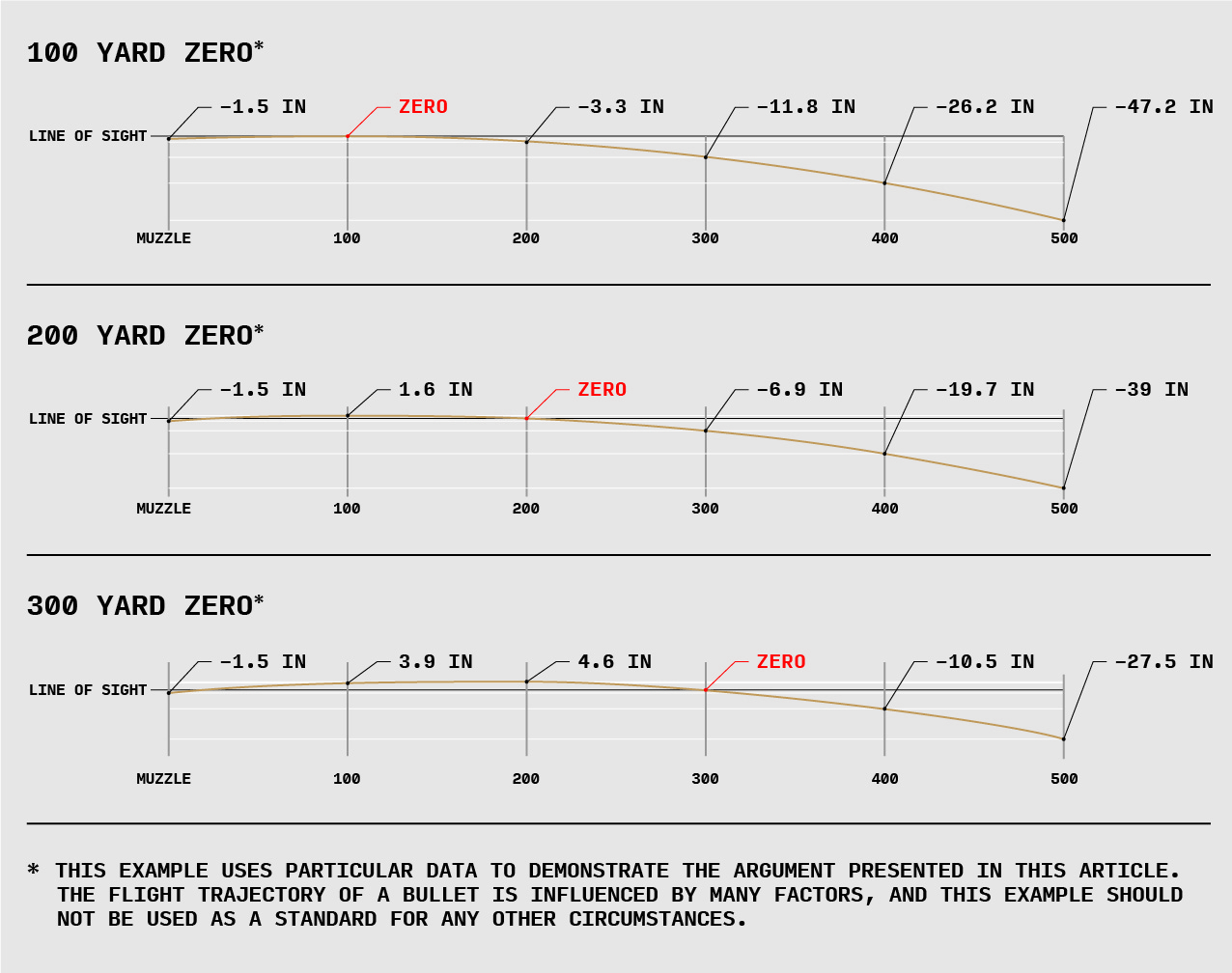
Christensen Arms : Now Available in 7MM PRC
7MM PRC
Oct 26, 2022 | Christensen Arms
Christensen Arms is proud to offer a wide selection of our firearms in the groundbreaking new cartridge from Hornady – 7mm PRC. Get a look behind the curtain at why 7mm PRC was developed in this Hornady guest blog entry.
“As with any new cartridge development, the fundamental question that must be answered is ‘why’. There are many great cartridges already in existence, so creating a new one must pick up where the others leave off. A new cartridge must solve a problem. The 7mm Precision Rifle Cartridge does just that.
It is the first truly modern cartridge in 7mm that incorporates all the design aspects that make it consistent, balanced, efficient and most of all, accurate. It does this all while having the dimensions, tolerances, and standards SAAMI approved. This is important because now all the rifle builders can manufacture a rifle that interfaces perfectly with factory loaded ammunition, providing accuracy and long-range performance that previously required a custom-built rifle or a special handload.
In developing a cartridge, Hornady take a systematic approach to identify what problems exist and how to solve them. With other 7mm cartridges on the market, they were all plagued by similar problems: too slow of a SAAMI twist rate to appropriately stabilize modern, low drag bullets and a restrictive overall length, which shoved much of the bullet deep into the case. There are a few older designs that also suffered from loose chamber geometry, which can degrade accuracy. Couple this with some case designs that are a bit too overbore, and you have a 7mm cartridge selection that leaves much to be desired.

For the 7mm PRC development, we first selected what bullets we were targeting – our lowest drag, highest BC bullets and selected a twist rate that was commensurate. We then designed a chamber, throat, and freebore around those bullets and identified what muzzle velocity was most appropriate. After selecting a target muzzle velocity, we designed a cartridge case that would achieve that velocity using todays modern, temperature stable, magnum speed powder.
The result is an efficient case design, with proper chamber geometry, that will lend itself to the kind of ‘out of the box accuracy’ that our cartridge designs are known for. It has the correct twist rate for today’s long-range bullets, it offers substantial recoil reduction compared to other, more overbore 7mm cartridges on the market, and it does this without sacrificing any long-range shooting capability.
We are proud to release the 7mm PRC. It really rounds out the family of products that wear the ‘Precision Rifle Cartridge’ name. We truly believe this cartridge will quickly become a customer favorite and is appropriate for all North American big game. Whether you’re hunting whitetails in the east or you’re a western hunter pursuing elk in the mountains or shooting an ELR match – the 7mm PRC provides you confidence and accuracy at all practical ranges.”
Thanks to Hornady for providing this insight into their new cartridge. Check out our 7mm PRC-chambered products here.
 since 1995
since 1995


